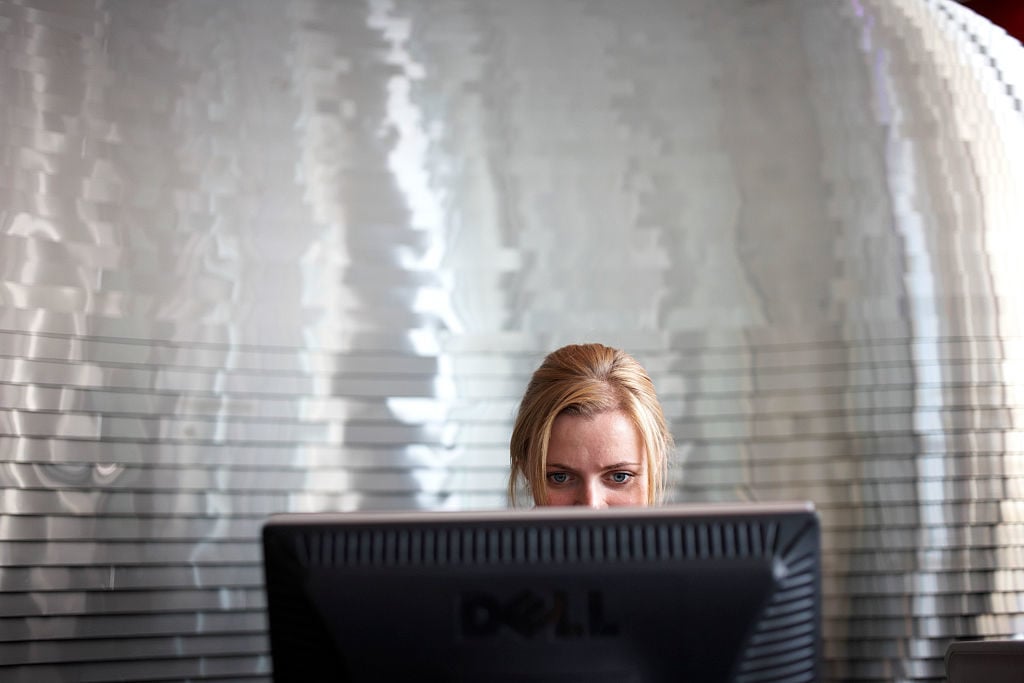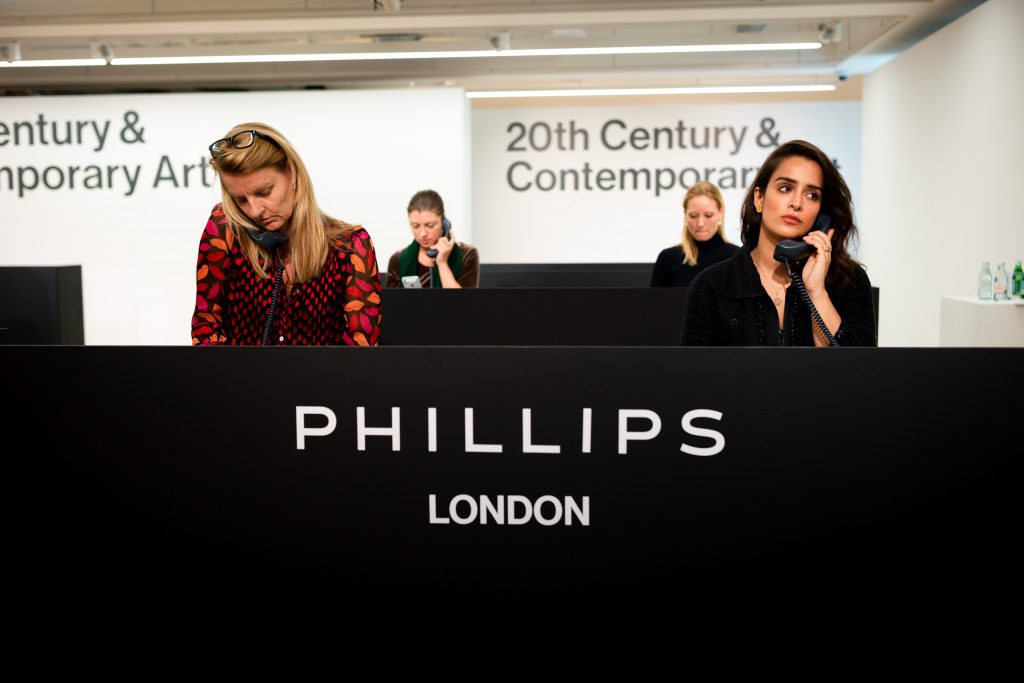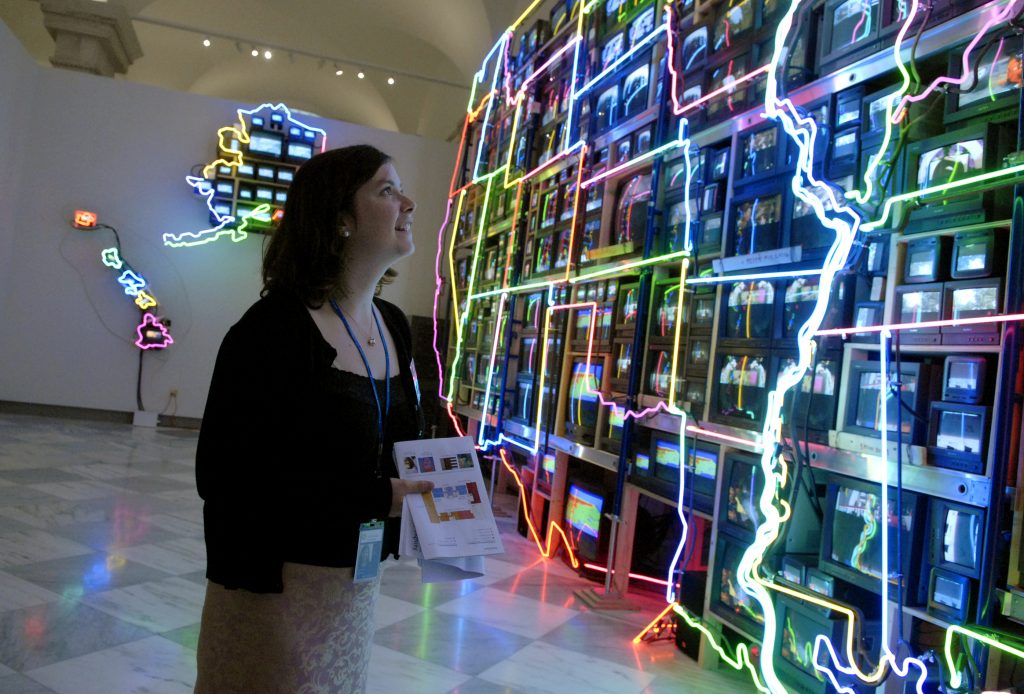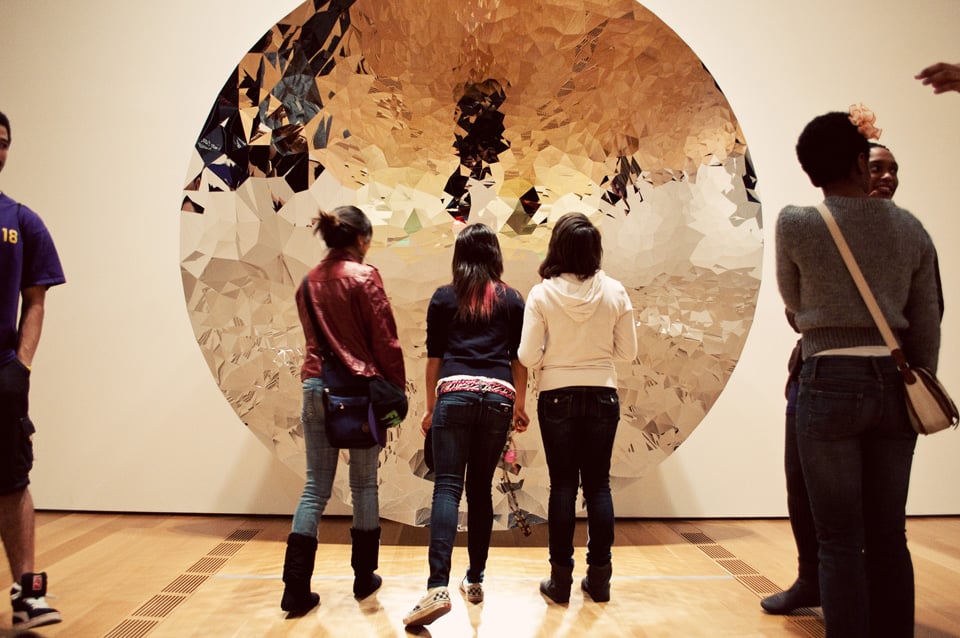Op-Ed
The Commercial Art World Rarely Offers Paid Internships. That’s Not Just Poor Ethics—It’s Also Bad Business
An investment in people is an investment in long-term profitability.

An investment in people is an investment in long-term profitability.

I have worked with dozens of interns during my 14 years in the commercial art world. The vast majority were ambitious, hard-working, and eager to learn. Many of them have gone on to successful careers in galleries, auction houses, and elsewhere. And all of them could afford to work for six months on a salary that barely covers the rent.
This dynamic is not only unfair—it is also bad for business. As long as the industry limits opportunity in this way, it is limiting its potential for growth. The good news, however, is that there are concrete steps we can take to correct it.
In my experience, art-world interns do not collect dry cleaning and pick up coffee like the Hollywood archetype suggests. They are given real responsibility, tasks that require them to apply academic knowledge in a professional environment. Look through any auction catalogue, for example, and know that it wouldn’t exist without the hard work of at least one intern.
Internships provide opportunities to develop skills, to acquire knowledge, to start building a network, and to make mistakes without fear of reprisal. This is valuable experience, and the longstanding consensus is that its value is so huge it eclipses money in the bank.
That’s perhaps why a majority of internships don’t pay. A report published in 2018 by the Sutton Trust found that 86 percent of arts internships in the UK are unpaid, and most are unadvertised. While there have been efforts to address this issue in the museum sector, there has been far less movement on the commercial side. And that’s a problem.
“Internships are an increasingly integral part of the graduate job market,” the Sutton Trust report states, “yet are characterized by many features that are socially exclusive and afford advantages to those from better off backgrounds, serving as a drag on social mobility.”
There is little publicly available information on the demographics of the commercial art world, but we know that the status quo has contributed to a disproportionately white arts sector. Arts Council England’s latest diversity report shows that only nine percent of employees in the organizations it funds identify as BAME. (According to the latest census, 14 percent of the UK population is non-white.)

The phone bank in Phillips London’s salesroom. (Photo courtesy Phillips)
The exclusivity of internship opportunities can be inferred from the paucity of public information about them. A Google search for “art gallery internship,” for example, returned just one result for a commercial gallery in the UK (and no detail on pay or how to apply). Creative Access, the only organization in the UK dedicated to recruiting underrepresented talent in the creative industries, currently lists a number of internship opportunities across the visual arts, but none in the commercial art world.
The rare opportunities that are advertised appear to favor people from wealthy backgrounds. Christie’s, for example, pays its London interns £369.25 (just over $500) per week, which works out at £10.55 ($14.33) per hour based on a 35-hour working week. This is just below the current estimated London living wage of £10.85 ($14.75). Opportunities at Philips, meanwhile, are advertised at the minimum wage, while Sotheby’s describes its positions as “paid” but gives no detail on salary.
This is not to single out any company in particular. Across the auction houses, galleries, and art fairs there is a genuine desire to broaden access to opportunity. But in order to do this, there are structural issues we need to address collectively.
It is self-evident that the only post-graduate able to entertain an unadvertised and unpaid internship is one without crippling debt, with independent financial means, and with contacts in the industry. Darren Walker, president of the Ford Foundation, calls this “the privilege that has become a prerequisite to knowing the right people.”
I am often asked by friends and colleagues to speak to someone who is looking for career advice. My answer is always yes—I respect the hustle—but for every friend-of-a-friend who takes you for coffee and picks your brain, there’s someone equally able and deserving who is now a step behind, simply because they don’t know the right people.
And where does the confidence to ask for that kind of help come from in the first place? From previous opportunity. This is a virtuous cycle that economist Richard Reeves calls “opportunity hoarding,” and it has a negative impact on social mobility.
For those with opportunity comes more opportunity. For those without, the perception of a barrier is tangible. The Social Mobility Commission reported at the beginning of last year that less than a third of 18-to-24-year olds think that everyone in Britain today has a fair chance of being socially mobile. This is a high-level picture, but the art world must identify its part in it.
It must do so because if young people from less advantaged backgrounds see a barrier to entry and no prospect of progress, the art world misses out on the opportunity to be more creative, more innovative, and ultimately more profitable. McKinsey’s latest report on the business case for diversity and inclusion finds that “the most diverse companies are now more likely than ever to outperform less diverse peers on profitability.”

An intern views a neon map of America by Nam June Paik, in the Smithsonian American Art Museum and National Portrait Gallery. (Photo By Tom Williams/Roll Call/Getty Images)
Recent research carried out by Accenture similarly found that when employees work in a culture that is measurably more equal, they are much more likely to innovate. That’s a word that came up a lot last year as businesses talked about their response to the challenges posed by lockdown. But how well-positioned were they to innovate, if their teams weren’t as diverse or inclusive as they could be?
As Scott Page, a professor at University of Michigan, Ann Arbor, puts it, “a clone of the person who scores highest on whatever test we apply necessarily adds less to the group than a second person with a single different idea.” Put simply: two heads are only better than one if their contents differ. This is why businesses that are serious about innovation should look to make their teams more inclusive.
To do this, the art world needs to be proactive in engaging young people from all backgrounds. This starts with offering all entry-level positions at the living wage. That is the very minimum and it could be done today. But we must go further. We must stop hoarding opportunity and we must remove the premium on knowing the right people.
Carl Kostyál Gallery has shown that it is possible to take quick and meaningful steps in this direction, recently launching a sponsorship scheme for Black students wishing to pursue a career in the arts, providing financial aid of up to $5,000 per year for a period of up to three years.
As a sector, we should take inspiration from this: a long-term commitment that will make a big difference in individuals’ lives, as well as the sector at large. We should participate in an internship program offering means-tested, fully-paid graduate internships in the commercial art world. We should go to universities and colleges encouraging people to consider a career in the sector. We should engage the people in our industry who champion talent and ingenuity to help vet applicants. We should bring the successful candidates together to receive additional teaching and development, creating a long-term community within the industry. And we should help nurture their careers once their internships are over.

Visitors in front of a work by Anish Kapoor. Photo courtesy of the High Museum of Art, Atlanta.
2020 was a challenging year for the commercial art sector. By mid-year, gallery sales were down an estimated 36 percent on the previous year; the major auction houses saw total annual revenue fall between 16 and 25 percent. One result of this is that many people lost their jobs, and it might seem churlish to talk about recruitment when most people don’t expect a quick return to the good old days—a mid-2020 survey conducted by Art Basel and UBS found that less than half of the galleries surveyed expected sales to pick up this year.
But there are signs of recovery. Online sales continue to grow and attract new buyers; galleries and auction houses are setting up in new and temporary locations to engage clients; and art fairs are finding ways to present scaled-down but nevertheless viable in-person events. Participating in an internship program would cost less than a full-page ad in the New York Times and would have an impact over a much longer period. As we take steps toward recovery, we should think of investment in people as an investment in long-term profitability.
We work in an industry where structural barriers maintain a certain status quo; where low salaries make it impossible for people to get a start; where opportunity is hoarded unwittingly; and where there is a premium on knowing the right people.
We all play a role in supporting these barriers—but we can also help bring them down.
We can ask ourselves if our well-intentioned actions ever serve to hoard opportunity, and if so, what we can do about it. We can talk to our line manager and ask what our employer is doing to proactively provide opportunity for both existing and prospective employees. We can look at our team: is each individual given an opportunity to voice their opinion and make a full contribution? Could we do more to encourage and validate different perspectives?
Outside of our day-to-day, we can recognize the power of our experience and find ways of lending it to create value for others. And finally, we can come together to create opportunity with an ambitious program that identifies, encourages, and nurtures diverse talent.
Don’t wait for a client to tell you his daughter is graduating in September.
Joe Dunning is the founder of Dunning & Partners, which specializes in supporting the arts through creative collaboration with business.